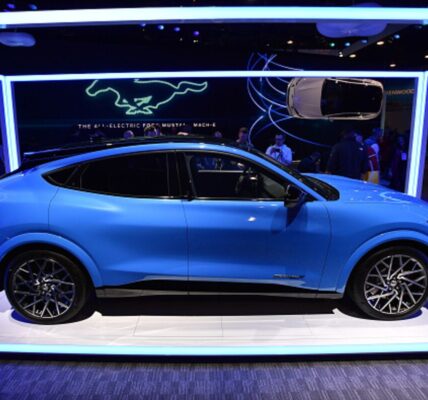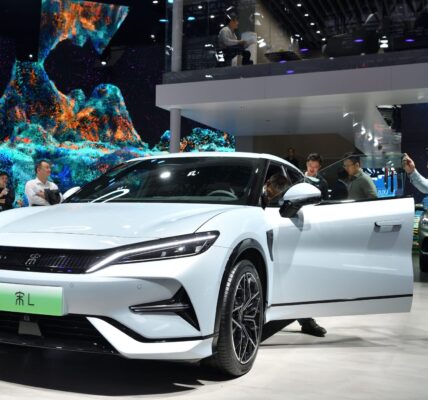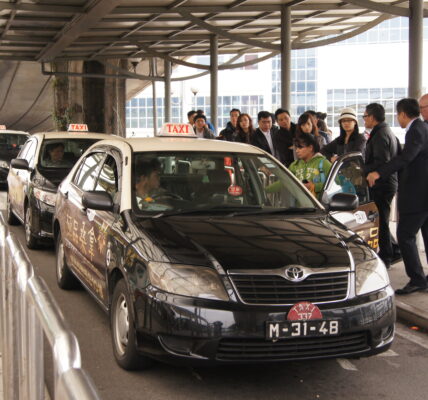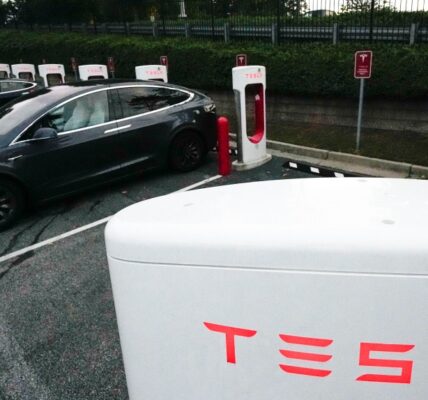A successor to the ageing Mazda 6 sedan may be in development after all, with the choice of hybrid or electric power – but from an unlikely source: China.
Mazda executives have repeatedly poured cold water on plans for a new Mazda 6 – replacing the current model introduced in 2012 – using the new rear-wheel-drive architecture and six-cylinder engines beneath the latest CX-60 and CX-90 SUVs.
But if a teaser image shown by Mazda in China is a guide, plans for a next-generation Mazda 6 sedan of some form may not be dead – alongside a next-generation Mazda 3 small sedan.
An image shown during a press conference by Changan Mazda – the Japanese car maker’s joint venture in China with local firm Changan – at the Shanghai motor show last month teases two new models, with plug-in hybrid or battery-electric power.
The new models are pictured under a cover, but clearly adopt a sedan body style – which has led to speculation they are replacements for the current Mazda 3 and Mazda 6 sedans, both of which are available in China.
The two vehicles appear to be different sizes, and could be based on a front-wheel-drive petrol-car platform, or a dedicated electric-car chassis, given the small gap between the front wheels and the windscreen pillars – which would need to be much larger on a rear-wheel-drive, petrol car.
The cars are not named as new Mazda 3 and Mazda 6 sedans, launch timing is not given, and it is unclear if what platform they will be underpinned by, or if they are planned for Australia.
Although there is a chance the the sedan profiles seen in the teaser are not representative of the final vehicles – and they could instead adopt a different body style – the subtle distinction in the sizes of the vehicle suggests the decision to represent sedans is intentional.
Mazda has announced plans to introduce three electric vehicles by 2025 – alongside five plug-in hybrids and five traditional hybrids – on an architecture dubbed the ‘SkyActiv Multi-Solution Scalable Architecture’.
Some of the hybrids will use technology sourced from Toyota, but it’s unclear if the electric cars will do the same.
This architecture is a likely starter for the two Chinese-market sedans, as it can accommodate plug-in hybrid and solely electric power.
Due after 2025 is a dedicated electric-car platform known as the SkyActiv EV Scalable Architecture, which is set to underpin an even broader range of battery-powered models.
While it offers the small MX-30 Electric in Australia – with 200km of driving range and a 35kWh battery – in China it offers a battery-powered version of the petrol CX-30 small SUV (below), with a circa-60kWh battery pack and 450km of claimed driving range (in more lenient testing).
However, it is produced and sold exclusively in China, and the electric CX-30’s awkward jacked-up stance – a result of needing to package the battery under the chassis – suggests it was conceived after the petrol-powered versions were penned.
It is unclear if the mooted hybrid and electric Mazda 6 successor will be sold outside of China, where it is expected to be produced.
However, sedan sales are declining faster outside of China than within it – and Mazda does not currently export any of its models from China to Europe, the US or Australia.
A Chinese-produced Mazda 6 would be unlikely for US sale, where there are heavy tariffs on Chinese-made passenger cars – and the electric version would miss out on US government rebates for electric cars and batteries built in North America.







